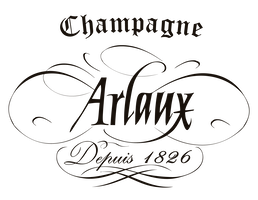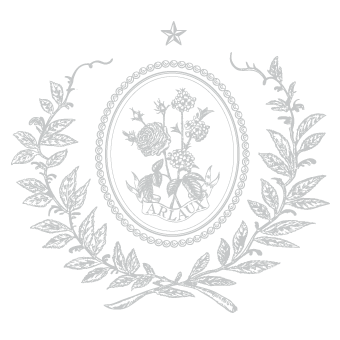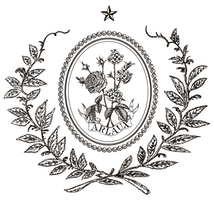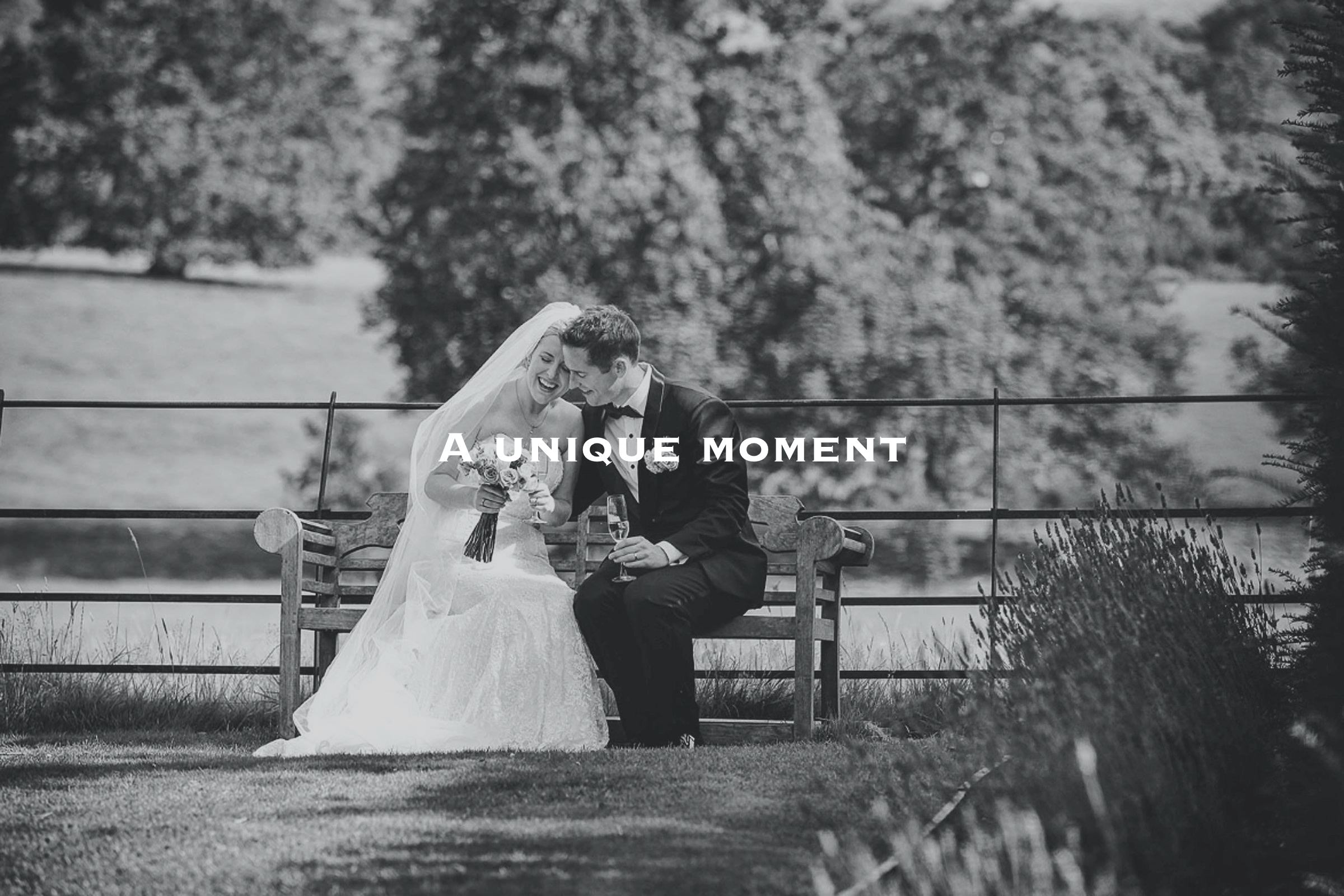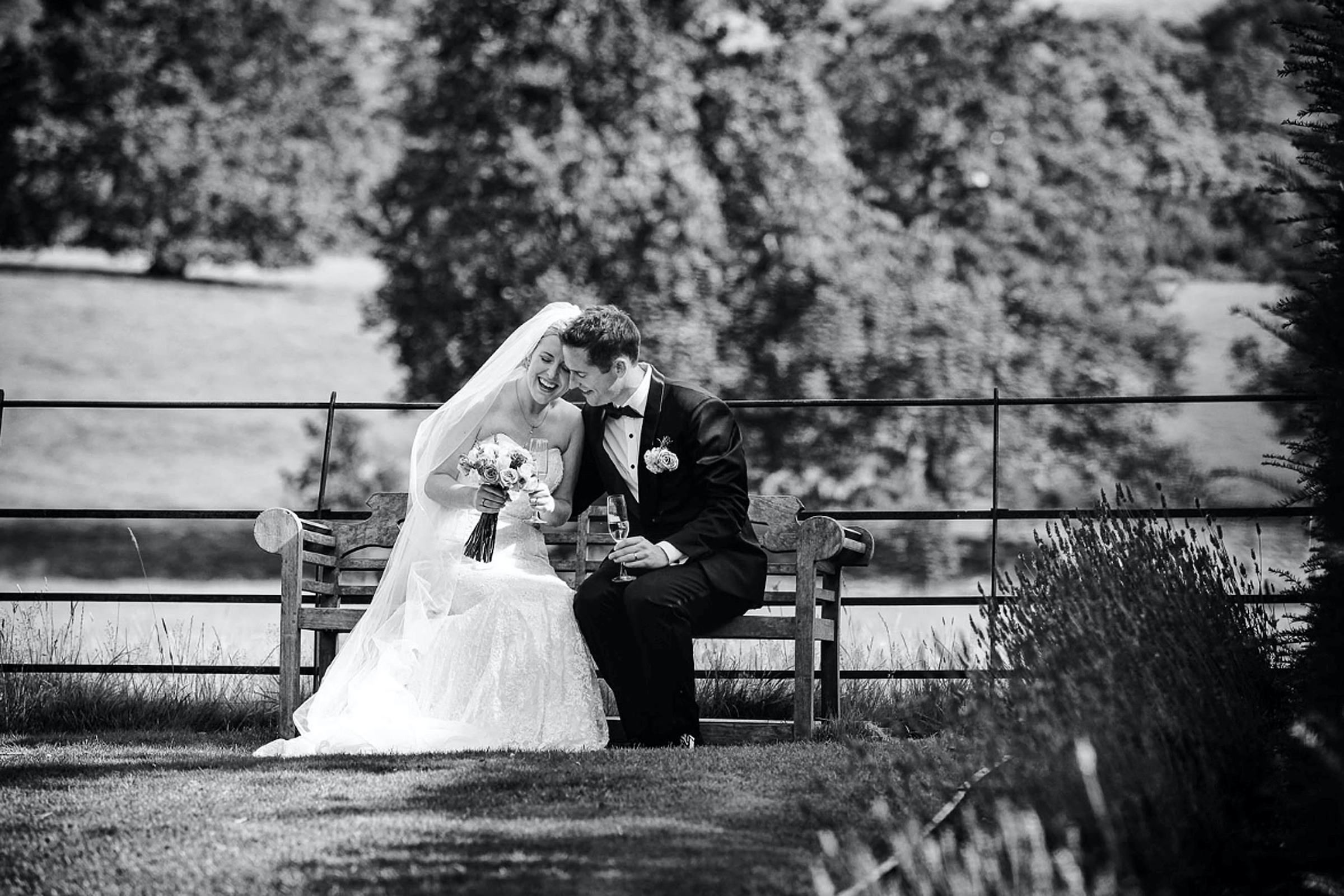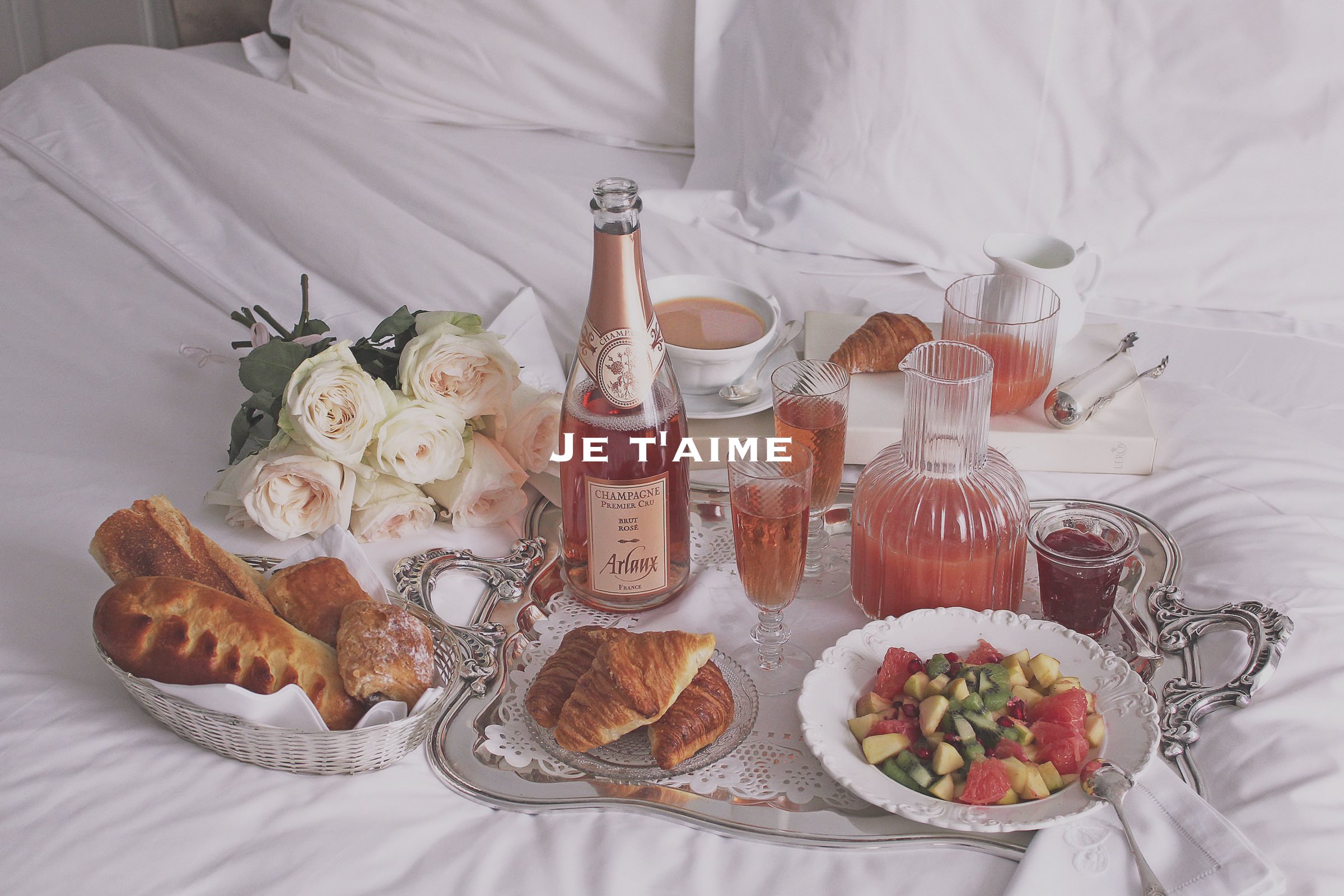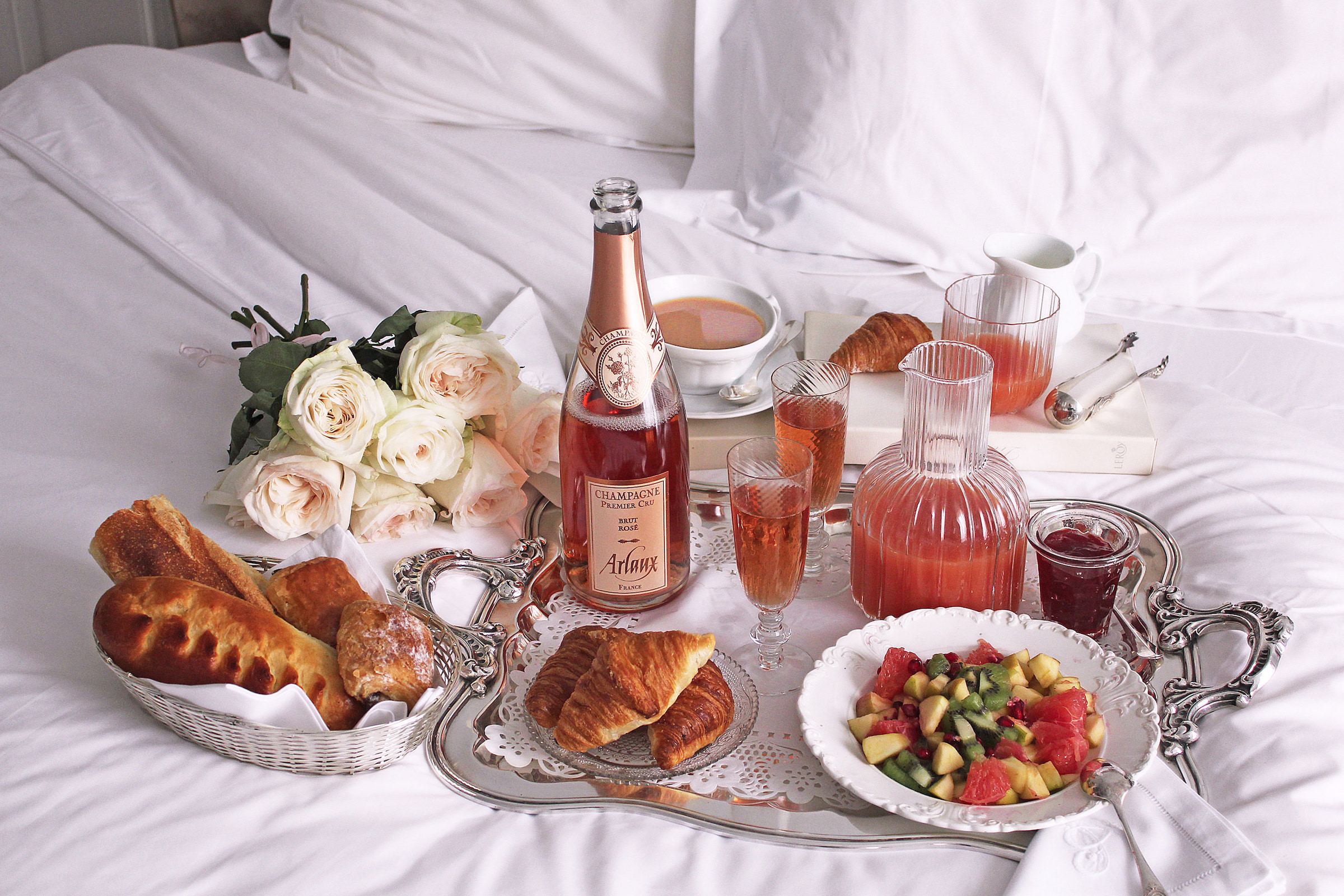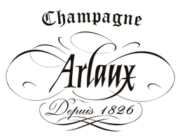
Seasons
There is always something to celebrate. Each season offers different pleasures. Whatever the menu – sweets to fresh and tasty appetizers – a few champagne bubbles are sure to add a light and festive note…
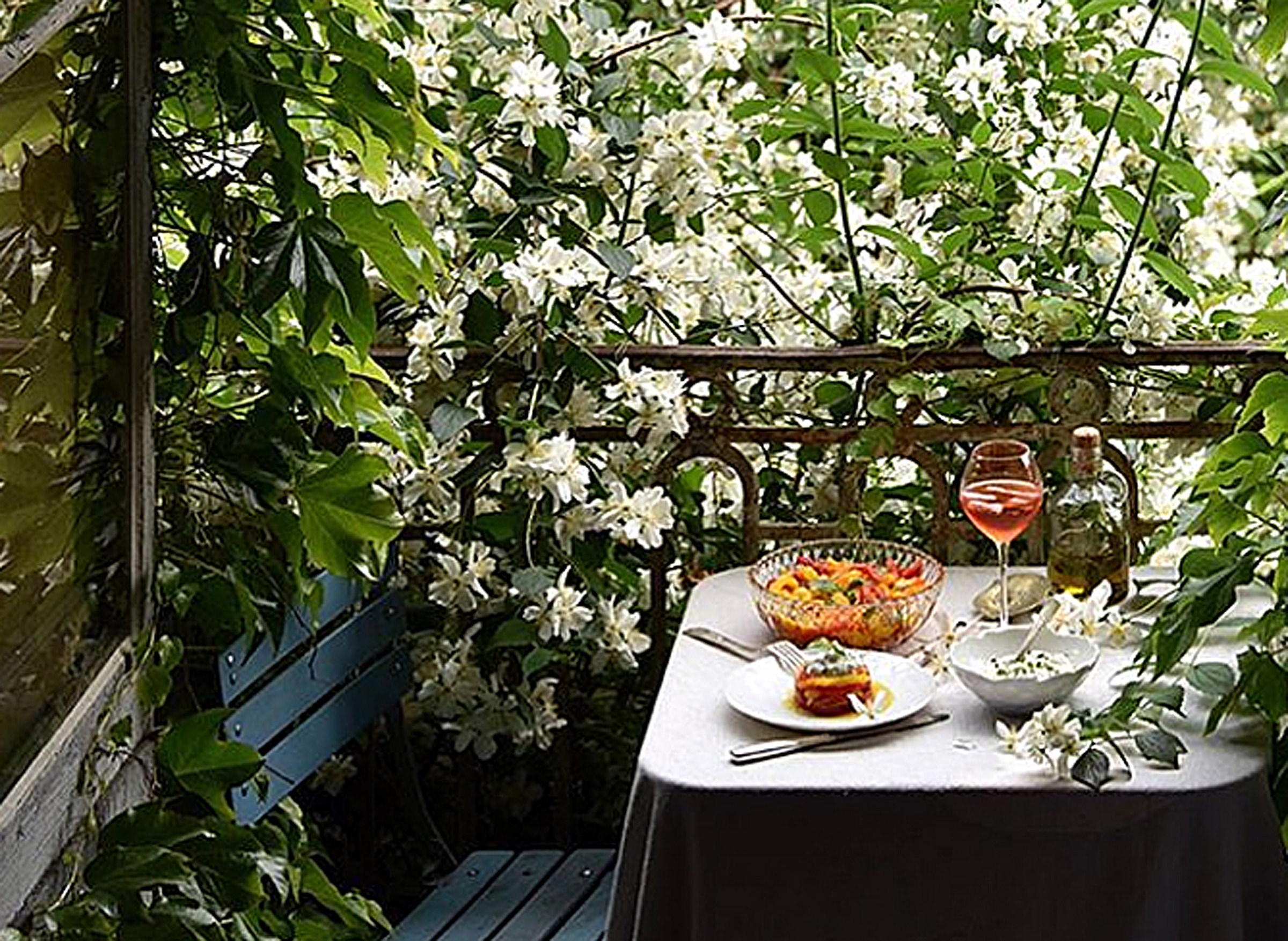
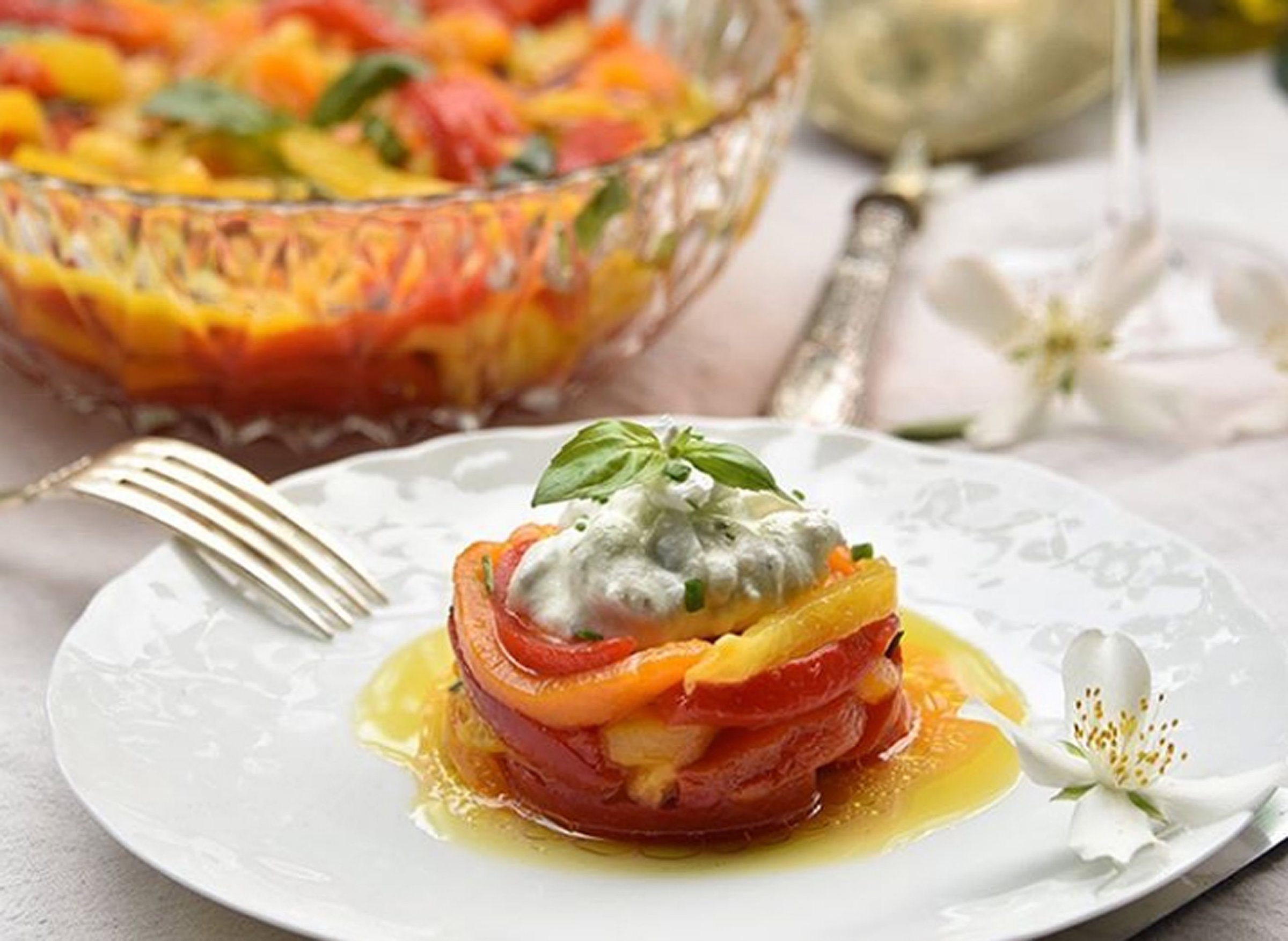
With spring comes the delights of our gardens and it is a perfect time to share fresh vegetables prepared either as a mousse or a tartar on crispy toast. Champagne also goes well with fish rillettes, shellfish with mayonnaise or fresh cheese and herbs on toast. No doubt, a few dedicated afficionados will take advantage of the first strawberries to dip them in their favorite nectar – champagne!
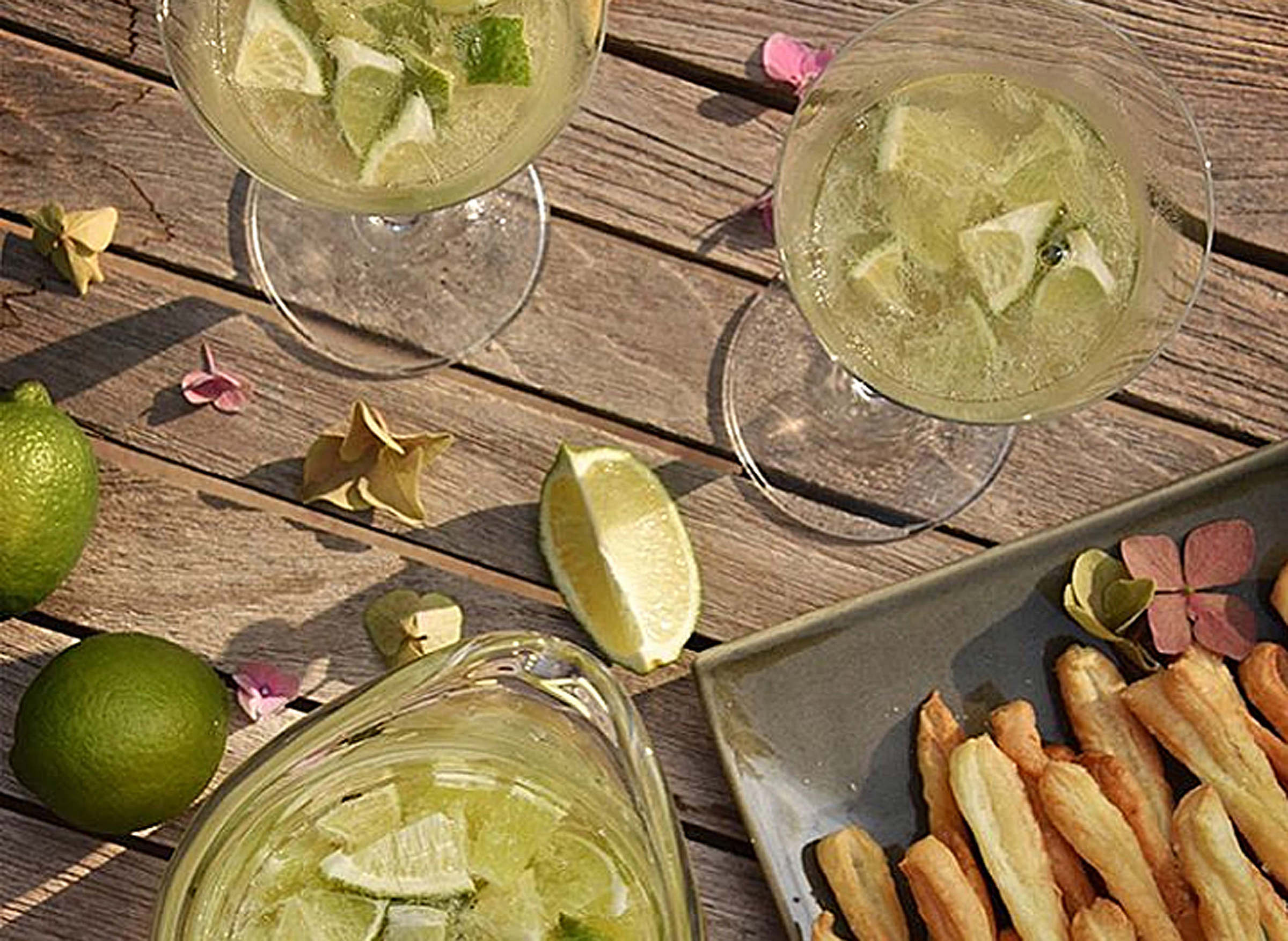

Sitting at the water’s edge, a delicious verbena and lime frappé made with champagne, will soon have you forgetting the summer heat. A table set up under the shade of umbrella pines will allow you to celebrate life with a few friends, enjoying light appetizers or a seafood salad accompanied by a Nature champagne, as fresh and bubbly like a burst of laughter.
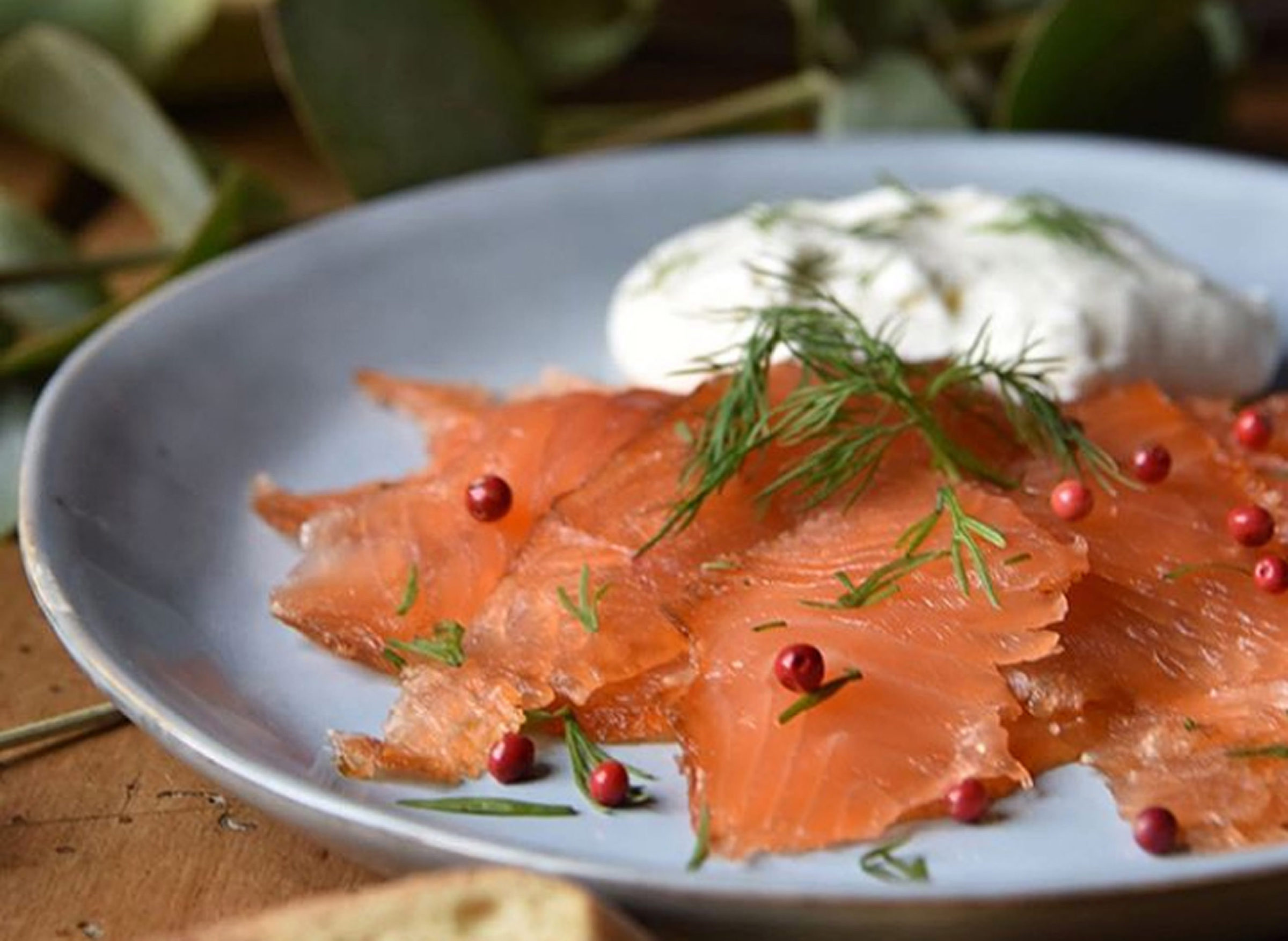
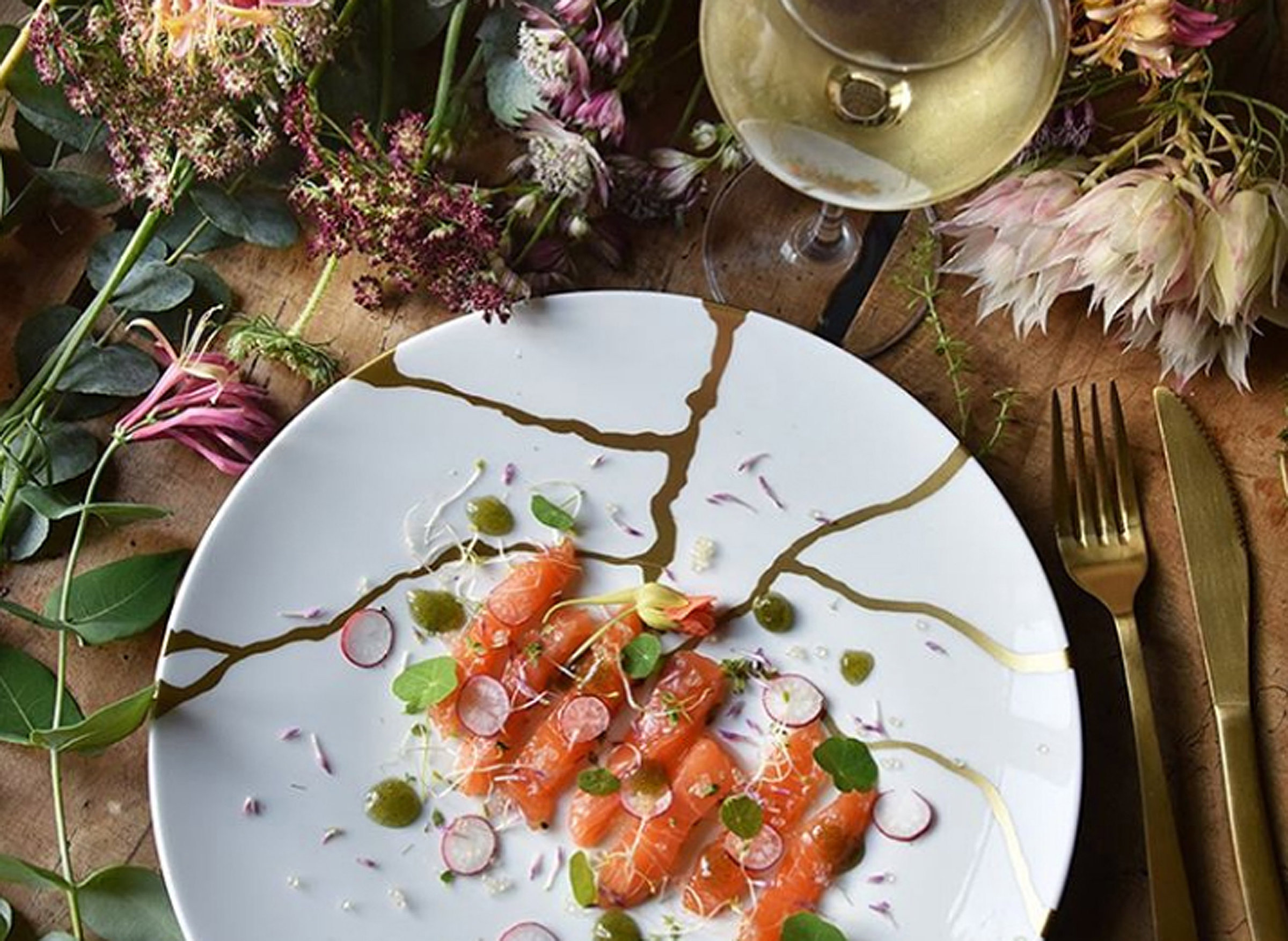
The leaves are turning shades of gold announcing havest time … , literary awards and the spoils of fresh game from the hunt. It is also the season for wild salmon – either smoked or cooked just so with a few fresh herbs, or for sturgeon and its wonderful caviar. Nothing pairs better than the fine bubbles from a rare vintage of champagne, in ample quantities. Autumn is also the season for mushrooms and their generous flavours sprinkled on farm-fresh scrambled eggs … made even tastier with toasted French bread and paired with a marvelous vintage champagne from 100% Meunier grapes.
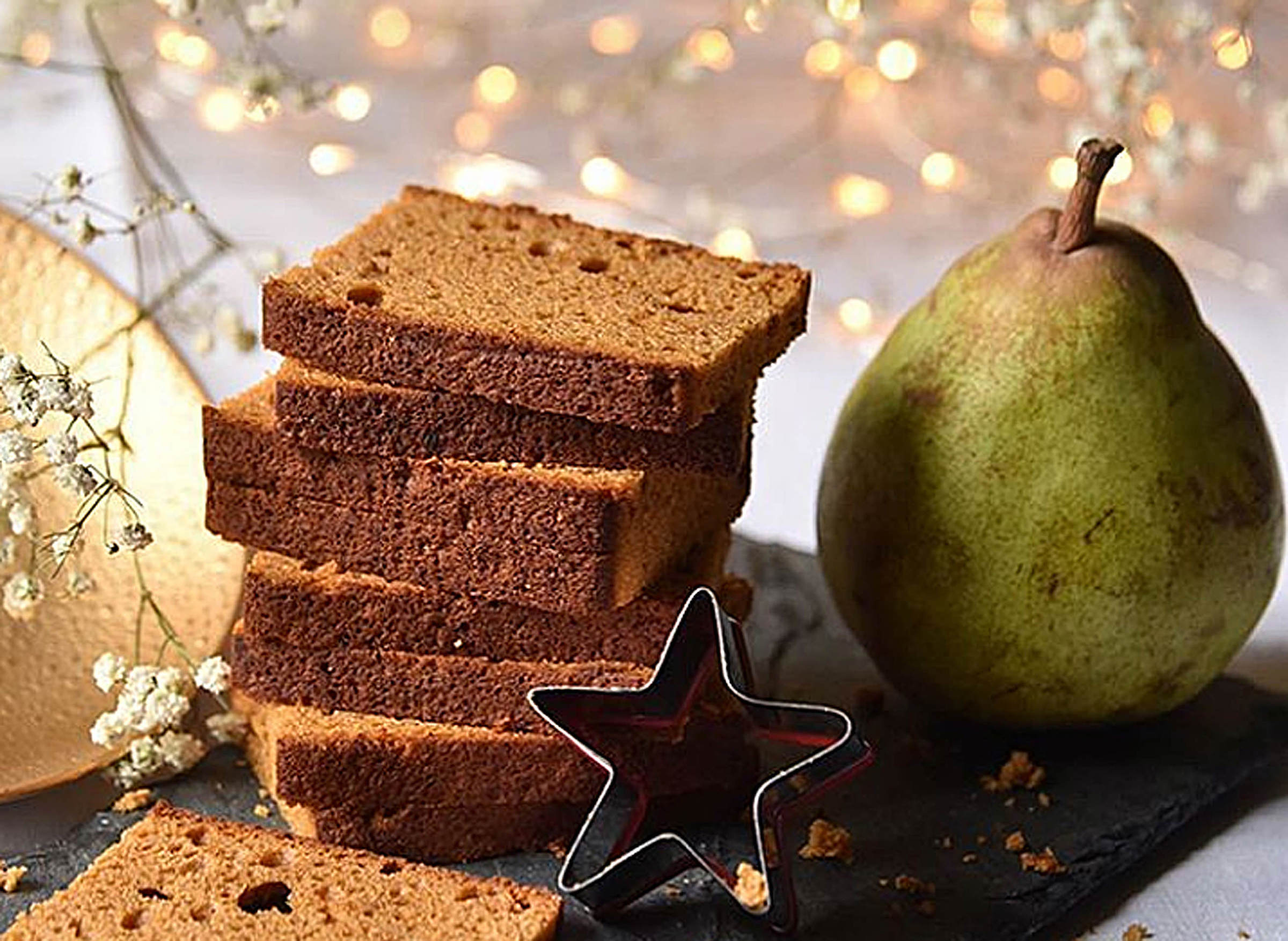

And finally, now comes the brisk season of winter and its holiday dinners… The rich flavours of stewed apples, notes of dried fruits and sweet spices of an Arlaux Spéciale Réserve marry magically a simple mousse de foie gras accompanied by a thin slice of winter pear. But this cuvée also goes well with an orange duck accompanied by small puff-potatoes… And ‘tis the season to tempt yourself with an all Champagne dinner followed by a crunchy pastry filled with Comté cheese. And to top it all off, a dessert of mini chocolate delights perfectly paired with a Rosé champagne to bring in the New Year.

Festive treats
At the table
Whatever the occasion, champagne will turn a special occasion into a memorable event! Be it a wedding or the birth of a child, an official or business dinner, a birthday celebration or just a simple family meal, perhaps a reunion with friends or a first date , … whether joyful or solemn, festive or tender, a few champagne bubbles will make each moment memorably unique!
A bit of advice
Preserve and taste
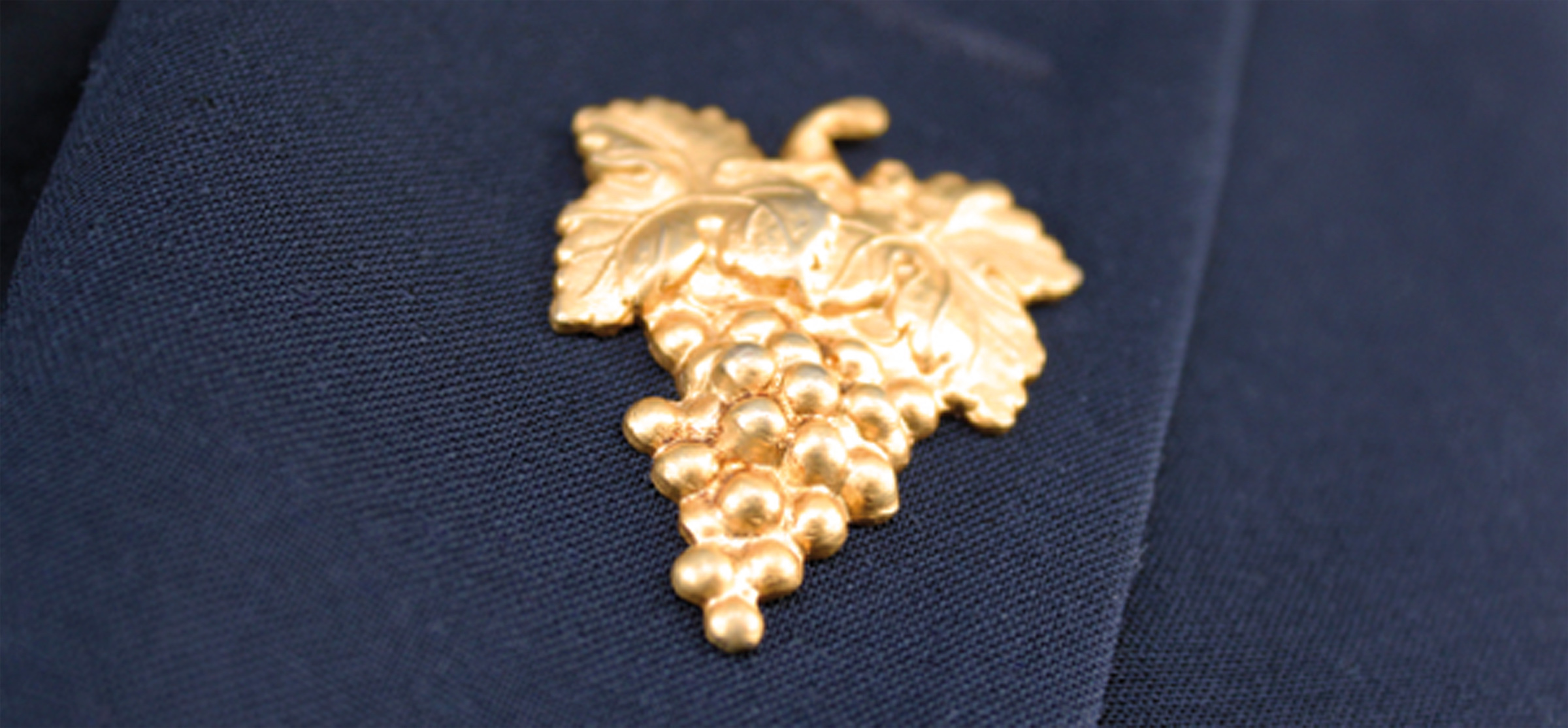
Champagne Arlaux undergoes a very long ageing on lees before being offered for tasting. Just after shipment, it is best to let it rest for one to two weeks before serving.
Stored in a cellar at a constant temperature and humidity (the ideal storage temperature being 10°C to 15°C), away from light and vibrations, Arlaux champagne can be kept for many years. However, the bottles must be kept lying flat to prevent the cork from drying out.
Arlaux champagne should be drunk chilled (but not frozen) at a temperature of about 8°C. If it is served too cold, its bouquet will not be as pronounced. On the other hand, if it is too warm, the bouquet will not be as light, and it will lose its bubbles
The best way to chill a bottle is to immerse it in a bucket filled with ice and water for about 20 minutes. It is also possible to leave your bottles for a few hours at the bottom of your refrigerator. However, do not leave them in the refrigerator for several days, as they will lose their bubbles.
To open a bottle of Arlaux champagne, remove the foil wrapper from the cork. Undo the cage of the snout while holding the cork firmly in your left hand, then turn the bottom of the bottle (for a better grip) with your right hand. The cork should come off evenly, gradually and noislessly. After opening, tilt the bottle slightly to prevent foam from escaping.
The delicate aromas of the Champagne wine suffice and require neither stirring, shaking nor being served with ice.
Champagne is enjoyed best in tulip shaped glasses. Flute shaped glasses that are too narrow or, glasses that are too flat do not allow the aromas to express themselves to their full potential.
For old vintages, you can also use wide wine glasses.
